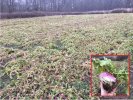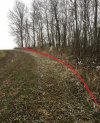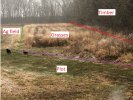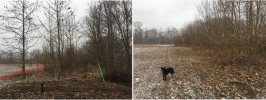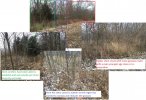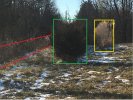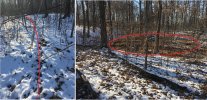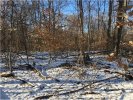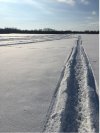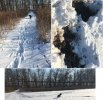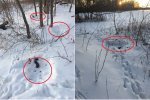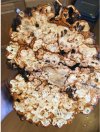So my fall annual plots are showing signs of life.... the turnips have mostly survived the winter. Some of the clover, wheat has as well, but not in significant amounts that I can tell as of yet. The winter peas seems to be gone as well, but without much protective snow cover that doesn't surprise me. I will monitor to see how things progress, but I fully expect the turnips to bolt, flower and produce seed if I let them. I am curious how the clover, wheat and possible peas do. I was hoping the deer would finally really dig in to the turnips....but other then when we had snow on the ground for a week or so...no such luck.
I'm thinking I will just till it all under and plant beans again this spring once the ground warms up...and then overseed into the standing plot come fall.
View attachment 34002



